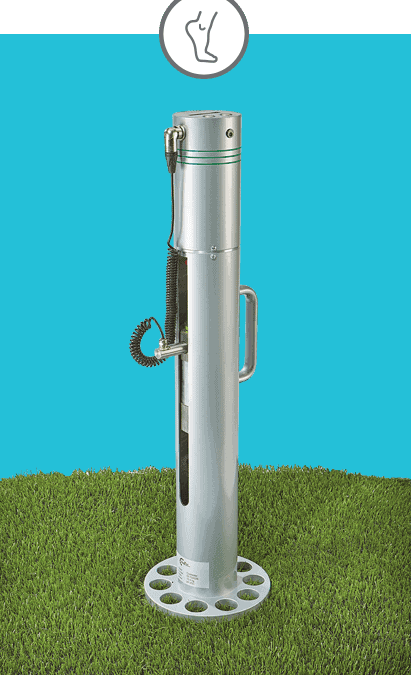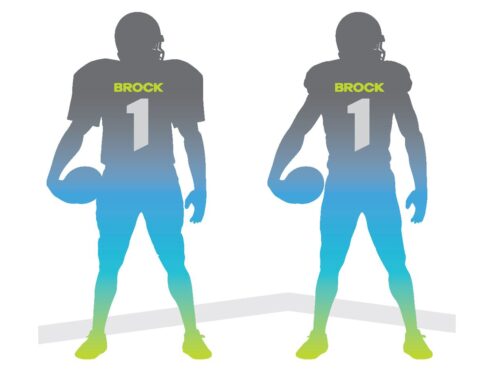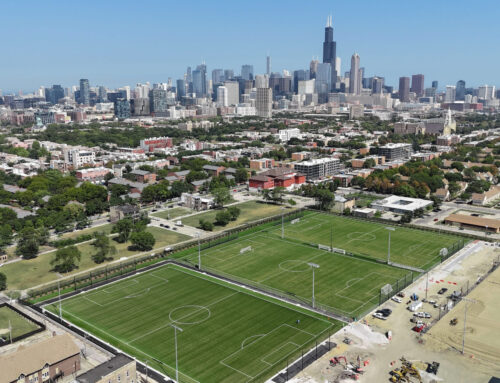Until now, the U.S. has been the only country in the world to use a single impact test to determine the safety and performance of an artificial turf athletic field. The development of the ASTM F355-A, commonly known as the Gmax test, dates back to the 1960’s. To address the important issue of brain injuries due to head-to-field surface impacts, an updated ASTM F1936 field test specification is under development to include the ASTM F355-E hemispherical head form missile. For years, the E missile has been the internationally recognized method to assess head injury risk in playgrounds, rugby fields and several other sports-related applications. As with several international standards, the new ASTM standard may include other tests to ensure that, in addition to reducing head-to-surface impact forces, field playability is maintained.
Driving this movement is new understanding about brain trauma in sports and the increased vulnerability of young brains (until age 25) vs. more mature brains. Brain research is being led by the Concussion Legacy Foundation and several University programs across the country, most notably, Boston University and Dr. Ann McKee. The University of Tennessee Center for Athletic Field Safety has produced research benchmarking quality natural turf to compare it to the safety and performance characteristics of artificial turf. The differences are substantial.
As the US market enters the replacement cycle of artificial turf fields installed 10 years ago, as well as influence from standards in Europe, questions are being asked in regards to the long-term safety and performance related to artificial turf installed directly over stone, especially in light of the lack of maintenance these fields typically receive. There appears to be no question that the next ten years will look very different than the past ten in regards to how the playing field is viewed as a critical component in addressing injuries and sports.
Download Dr. Richard Kent’s Research presented at the ASTM meeting by registering for the Brock Member’s Portal.
The presentation can be found under the “References” section of the Portal.






